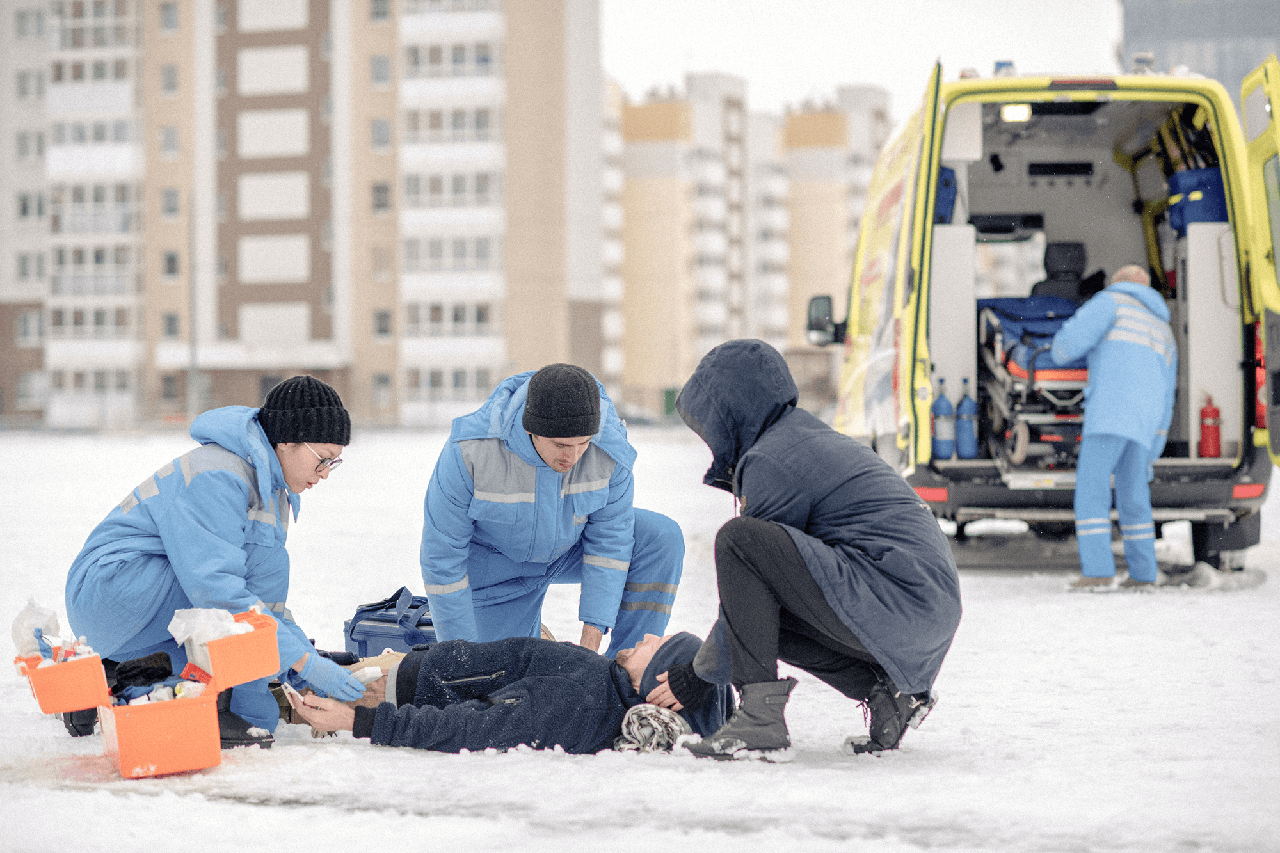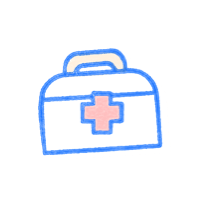Let’s talk about something really important that you’re definitely going to encounter out in the field: Narcan (or naloxone). This is a critical tool for dealing with opiate overdoses.
First off, Narcan is the brand name and naloxone is the generic name. It’s an opiate antagonist, which means it blocks the effects of opioids at the MU opioid receptor in the body. Imagine you’ve got a receptor with heroin attached to it, causing an overdose. Narcan comes in, attaches to the receptor, and blocks the heroin, helping to reverse the overdose symptoms.
When do we use Narcan? It’s indicated when an opiate is causing respiratory depression. This means the patient’s breathing rate is too low (under 12 breaths per minute for an adult), or they might be in respiratory arrest (not breathing at all). You might also see signs like pinpoint pupils or slow, sluggish respirations. Narcan is the antidote in these situations.
There aren’t really any contraindications when someone is in respiratory distress due to an opiate overdose. Even allergies to Narcan are extremely rare.

Now, let’s talk about what happens when you give Narcan. There are three possible outcomes:
- The dose isn’t enough, and nothing changes.
- The patient wakes up and is combative.
- The patient wakes up calmly or their respirations return to normal without waking up completely.
We aim for that third scenario, but the key is to get the patient breathing again. Any combativeness can be managed similarly to how you’d handle a post-seizure patient.
Narcan Dosing
Adults typically get 2–4 mg intranasally or intramuscularly. IV doses are usually 0.4–2 mg.
For pediatric patients, it’s 0.1 mg per kilogram.
One special consideration: Intranasal Narcan takes longer to work compared to IV Narcan, which acts almost instantly. While waiting for the intranasal dose to take effect (which can be up to 15 minutes), you need to support the patient’s breathing.
Another point to remember: If a patient is awake, talking, and breathing normally, even if they’ve taken an opiate, DO NOT give Narcan. Narcan is used to treat life-threatening respiratory distress.
With powerful opiates like fentanyl, you might need to give additional doses of Narcan. Fentanyl is incredibly potent, and patients might not respond to the standard dose.
Look out for these common opiates: Fentanyl, heroin, Vicodin (hydrocodone), Hydromorphone (Dilaudid), morphine, and oxycodone (OxyContin). Also, be aware of methadone and Suboxone, which are used to treat opiate addiction.
Remember to watch for signs like respiratory depression, pinpoint pupils, cyanosis (bluish skin), and unresponsiveness. Always be prepared for possible vomiting in the airway, especially as patients can become nauseous from the overdose or when they wake up.
These are the essentials you need to know about Narcan and opiate overdoses. Keep these in mind, stay vigilant, and you’ll be prepared to handle these situations effectively in the field.

